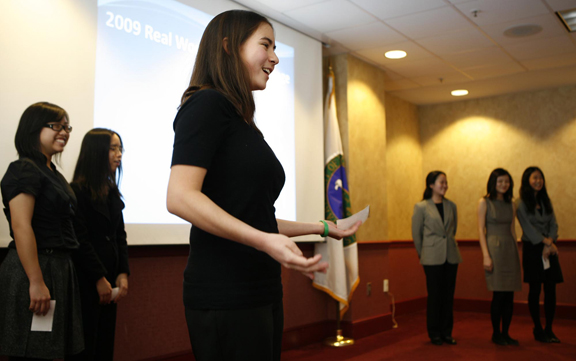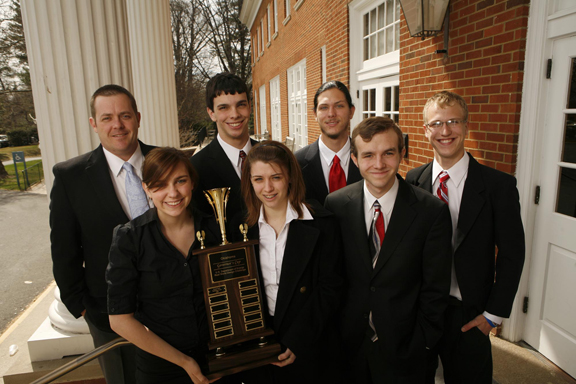October 16, 2013
On the outset, the challenge for the high school students seems straightforward: design “a UAS (unmanned aircraft system), which may have a fixed wing, rotorcraft, or hybrid design.” But this UAS needs to perform certain mission-critical tasks. It needs to fly over the cornfields of Iowa and pick out areas affected by a pest known as the European Corn Borer (in its lava stage, it can tunnel into the corn’s ear and feed on the plant). Oh, by the way, the project needs to stay within budget and come with a business plan.
The prizes are: $50,000 scholarships from Embry-Riddle Aeronautical University to each student on the national winning team; and a $1,000 stipend to the teacher who best integrates the challenge into their curriculum.
If the challenge sounds more like a request for proposal (RFP) than a typical school assignment, it’s probably because it’s called Real World Design Challenge (RWDC), an annual high school competition. The contest is run by a public-private partnership, aimed at promoting Science, Technology, Engineering, and Mathematics (STEM) expertise.
Just as the challenge forces participants to confront a real-world problem, it also offers access to professional design tools, including PTC Creo (3D mechanical design), Mathcad Prime 2.0 (engineering calculation), and the Windchill (collaboration and data management). According to the competition organizers, “Every teacher that participates in the RWDC gets $1 million in professional engineering software along with training, curriculum materials, and access to mentors.”
Participating teams are urged to:
- develop a prototype;
- fund the concept;
- prove the prototype design; and
- identify further funding sources to transform the concept into a product.
For the detailed challenge specifications, download and read the PDF file here.
Subscribe to our FREE magazine, FREE email newsletters or both!
About the Author
Kenneth Wong is Digital Engineering’s resident blogger and senior editor. Email him at [email protected] or share your thoughts on this article at digitaleng.news/facebook.
Follow DE







